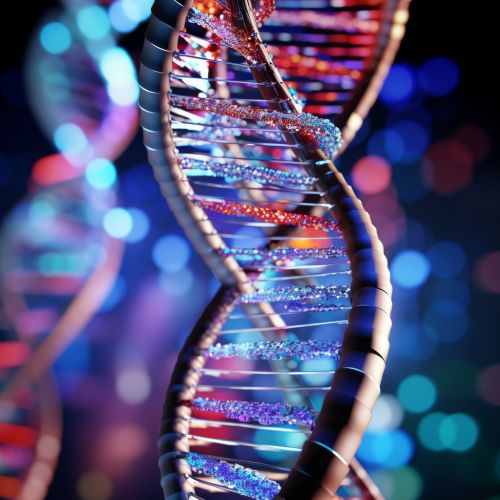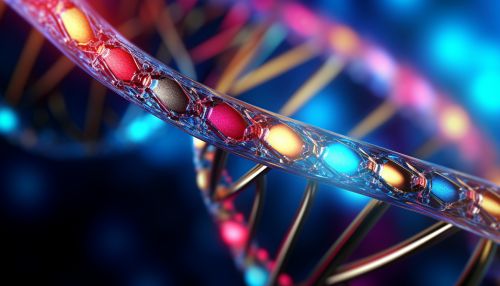Genetics
Introduction
Genetics is the study of genes, genetic variation, and heredity in living organisms. It is generally considered a field of biology, but intersects frequently with many of life sciences and is strongly linked with the study of information systems. The discoverer of genetics is Gregor Mendel, a late 19th-century scientist and Augustinian friar. Mendel studied "trait inheritance", patterns in the way traits are handed down from parents to offspring. He observed that organisms (pea plants) inherit traits by way of discrete "units of inheritance". This term, still used today, is a somewhat ambiguous definition of what is referred to as a gene.
History of Genetics
The concept of genetics dates back to the ancient Greeks in the form of hereditary thought. However, the modern science of genetics, seeking to understand this process, began with the work of the Augustinian friar Gregor Mendel in the mid-19th century. Mendel's work laid the groundwork for the study of genetics, but it wasn't until the 20th century that scientists began to understand the physical basis for the transmission of genetic traits.


Mendelian Genetics
Mendel's work on pea plants, published in 1866, described what came to be known as Mendelian Inheritance. In his experiments with pea plant crosses, he established three principles of inheritance, now known as Mendel's Laws: the Law of Segregation, the Law of Independent Assortment, and the Law of Dominance. These laws describe the inheritance of traits linked to single genes on chromosomes in the nucleus. In humans, these include traits like eye color and blood type.
Molecular Genetics
Molecular genetics is a sub-field of genetics that deals with the structure and function of genes at a molecular level. The study of chromosomes and gene expression of an organism can give insight into heredity, genetic variation, and mutations. This is useful in the study of developmental biology and in understanding and treating genetic diseases.


Population Genetics
Population genetics is the study of the distribution and change in frequency of alleles within populations, and as such it sits firmly within the field of evolutionary biology. Population genetics was a vital ingredient in the emergence of the modern evolutionary synthesis. Its primary founders were Sewall Wright, J. B. S. Haldane and R. A. Fisher, who also laid the groundwork for the related discipline of quantitative genetics.
Genetic Engineering
Genetic engineering, also called genetic modification, is the direct manipulation of an organism's genes using biotechnology. It is a set of technologies used to change the genetic makeup of cells, including the transfer of genes within and across species boundaries to produce improved or novel organisms.


Genomics
Genomics is a discipline in genetics that applies recombinant DNA, DNA sequencing methods, and bioinformatics to sequence, assemble, and analyze the function and structure of genomes (the complete set of DNA within a single cell of an organism). The field includes efforts to determine the entire DNA sequence of organisms and fine-scale genetic mapping.


Epigenetics
Epigenetics is the study of heritable phenotype changes that do not involve alterations in the DNA sequence. The Greek prefix epi- (ἐπι- "over, outside of, around") in epigenetics implies features that are "on top of" or "in addition to" the traditional genetic basis for inheritance. Epigenetics most often denotes changes that affect gene activity and expression, but can also be used to describe any heritable phenotypic change.


